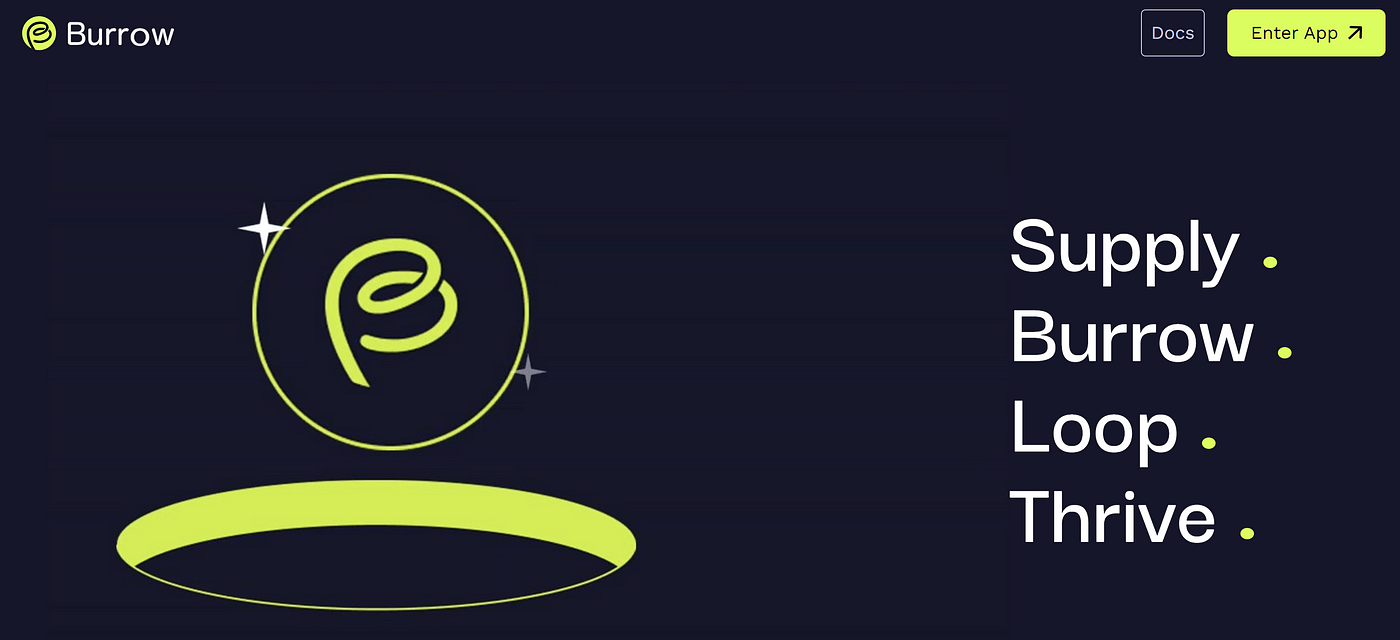Analysis of Boosted Stablecoins on Burrow Platform (NEAR Blockchain) and Comparison with Other Platforms
Flipside AI
Near's Burrow protocol demonstrates robust DeFi activity, processing 109.26M USD in stablecoin deposits across 38,564 supply transactions, with 7,506 total suppliers. USDC leads stablecoin transactions at 46,540, while user engagement is concentrated in low-value transaction segments, with 4,490 users depositing only and 3,016 users both depositing and borrowing. Tether dominates the stablecoin supply volume at 54.2M USD, and the platform shows strong user retention with 6,504 total users across transaction frequency bands.
Methodology
This analysis was conducted using SQL queries to extract, filter, and aggregate data from blockchain databases, focusing on the performance of stablecoin transactions across multiple platforms. The methodology is outlined as follows:
1. Data Sources
- Blockchain Data: Extracted from specific blockchain datasets for NEAR, Aptos, and Avalanche.
- Stablecoin Tokens: Focused on transactions involving USDT, USDC, and FRAX.
- Platforms Analyzed:
- Burrow (NEAR)
- Meso Finance (Aptos)
- BENQI (Avalanche)
- Aptin Finance (Aptos)
2. Query Structure
Main Query Components:
1. Transaction Data Extraction:
- Queried transactions with actions such as deposit or increase_collateral.
- Filtered for specific stablecoin symbols (USDT, USDC, FRAX) using ILIKE.
- Included data fields: transaction hash, timestamp, user, amount (in USD), and platform.
2. Data Enrichment:
- Joined with external price data (for Aptos) to normalize token values in USD.
- Applied adjustments for token decimals to ensure accurate volume calculation.
3. Filtering:
- Excluded transactions with zero or negative amounts.
- Limited the analysis to transactions from 1 December 2024 onward.
3. Metrics Computed
- Overall Platform Performance:
- Total Transactions: Count of distinct transaction hashes.
- Unique Users: Count of distinct wallet addresses.
- Total Volume (USD): Sum of transaction amounts in USD.
- Average Transaction Volume: Mean transaction amount in USD.
- User Segmentation:
- Categorized users based on transaction volume thresholds:
- Plankton (< $10)
- Shrimp ($10–$50)
- Crab ($50–$100)
- Octopus ($100–$500)
- Fish ($500–$1,000)
- Dolphin ($1,000–$5,000)
- Shark ($5,000–$10,000)
- Whale ($10,000–$100,000)
- Giant Squid (> $100,000)
- User Behavior:
- Differentiated users into categories:
- Only Deposit: Users who deposited or increased collateral but did not borrow.
- Deposit & Borrow: Users who participated in both depositing and borrowing activities.
- Cross-Platform Comparison:
- Aggregated performance metrics across platforms (Burrow, Meso, BENQI, Aptin).
- Compared metrics such as transactions, users, total volume, and average transaction size.
4. Aggregation and Grouping
- Used GROUP BY and conditional logic (`CASE`) to compute metrics by:
- Platform.
- User volume category.
- User activity type (e.g., deposit-only vs. deposit-and-borrow).
